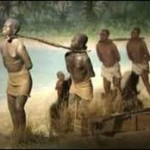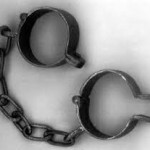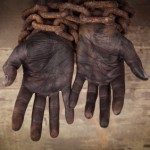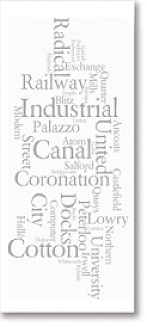Next tour: Friday 18 October 2024 (International Anti-Slavery Day)
Starts: 11am from Victoria Station wallmap.
Booking: Please press here to book with Eventbrite.
Manchester has hit the news big style! Simon Hattenstone in the the Guardian has “discovered” that the ship on the City of Manchester coat of arms is a slave ship. According to Hattenstone, not just the city but the local football clubs should drop this “symbol of slavery shame” from their crests. Hattenstone quoted Jonathan Schofield who with his usual inability to research properly told Hattenstone that it wasn’t a slave ship.
Well the ship on the Manchester coat of arms IS a slave ship and Ed Glinert has discovered which ship it was, chosen for the coat of arms in 1838 when Manchester became a borough, able to run its own affairs for the first time as opposed to being at the whim of the absentee landlords, the Mosley family.
***
Manchester might have prospered from the horrors of slavery for much of the 18th century, but the growing town was soon leading the campaign for its abolition.
The turning point was a meeting held at the Manchester Collegiate Church (now Manchester Cathedral) on 28 October 1787 fronted by the abolitionist Thomas Clarkson. “When I went into the church,” Clarkson recalled, “it was so full that I could scarcely get to my place; for notice had been publicly given, though I knew nothing of it, that such a discourse would be delivered. I was surprised also to find a great crowd of black people standing round the pulpit. There might be forty or fifty of them. The text that I took, as the best to be found in such a hurry, was the following: ‘Thou shalt not oppress a stranger, for ye know the heart of a stranger, seeing ye were strangers in the land of Egypt’”.
Manchester amassed the biggest number of signatures for the petition against slavery that went before Parliament. Sadly the petition was destroyed when the Houses of Parliament burned down in 1834.
While America continued to promote the system in the 19th century, Manchester led the move for Stateside abolition even though most of the raw cotton that fuelled the Manchester economy was picked by slaves in the Deep South.
This tour cuts straight to the heart of one of the most controversial and disturbing social systems ever devised. We hear how Manchester families such as the Heywoods and Gregs who benefited from slavery became its biggest opponents. We explain how the “Slavery Triangle” (Lancashire-America-Africa-Lancashire…) kept the system going, relate the stories of the escaped slaves such as Henry “Box” Brown, who once posted himself in a box from Richmond, Virginia, to Philadelphia and who visited Manchester, and discuss how leading 19th century local Liberals such as John Bright and Richard Cobden not only kept the anti-slavery campaign flourishing but were even in contact with Abraham Lincoln.
At the Town Hall we hear about the ground-breaking 5th Pan-African Congress of 1945 which catalysed the post-war push for independence. At the Free Trade Hall we hear about the visits of Paul Robeson and how he was barred from leaving America in the 1950s. We finish the tour at the Abraham Lincoln statue in Lincoln Square, naturally.




